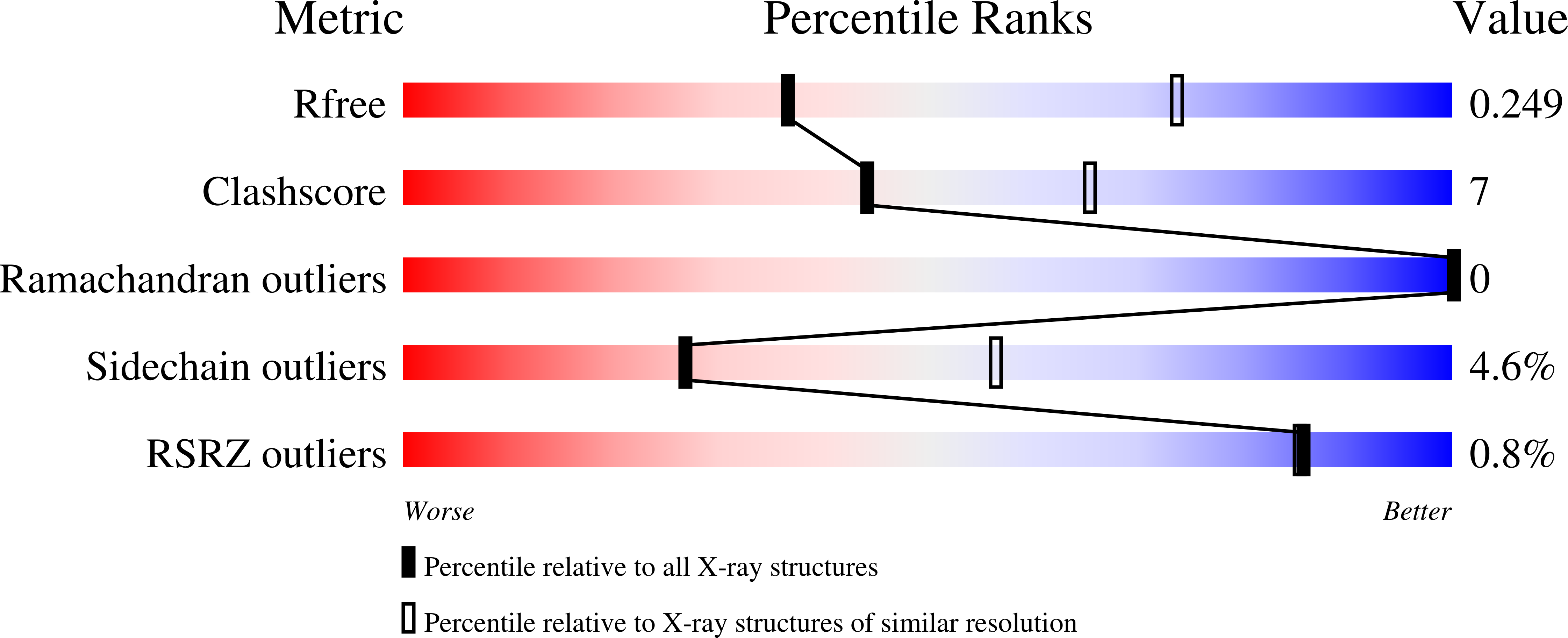
Deposition Date
2021-12-16
Release Date
2022-08-03
Last Version Date
2024-02-28
Entry Detail
PDB ID:
7T8N
Keywords:
Title:
Crystal structure of the PNAG binding module PgaA-TPR 220-359
Biological Source:
Source Organism:
Escherichia coli K-12 (Taxon ID: 83333)
Host Organism:
Method Details:
Experimental Method:
Resolution:
2.85 Å
R-Value Free:
0.26
R-Value Work:
0.23
Space Group:
P 62


